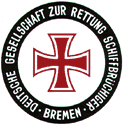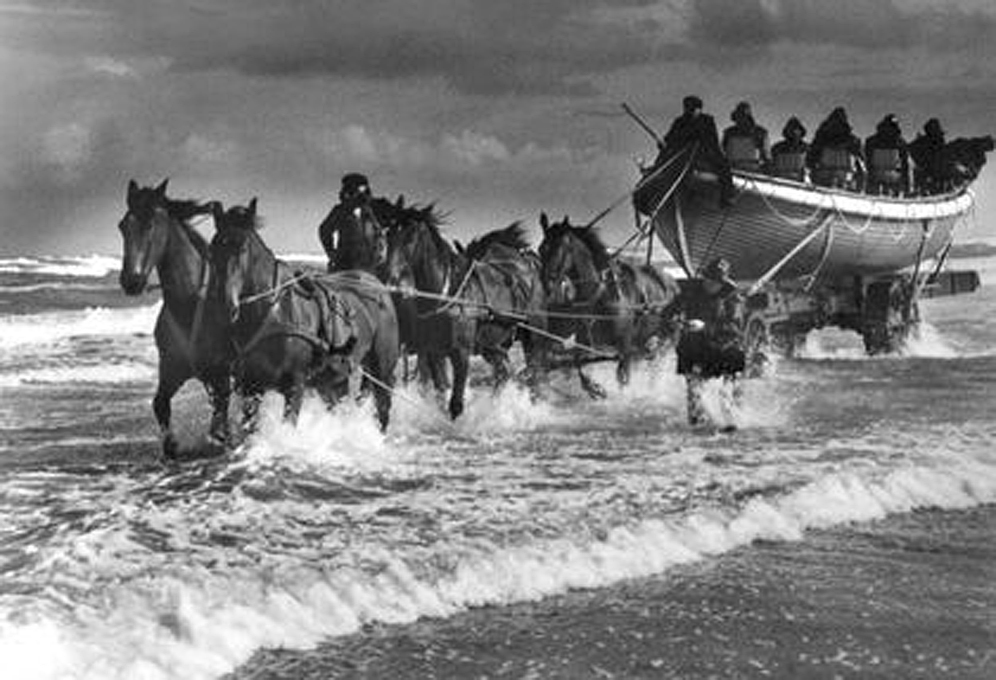
in the German Maritime Museum, Bremerhaven
Photographed in 2011 before the closure
of the museum for refurbishment

 |
Life-Boats
of the Deutsche Gesellschaft zur Rettung Schiffbrüchiger
(DGzRS)
in the German Maritime Museum, Bremerhaven Photographed in 2011 before the closure
of the museum for refurbishment |
 |
 |
 |
 |
 |
 |
| Francis-system
boat |
Stamping
panels |
Carriage
from Pâris 'Souvenirs de la Matine' |
Life-boat
transport |
Life-boat
launch |
| Home | Maritime Resources |
Ship Models | Machine Tools | Other Stuff | Site history | Top of Page |